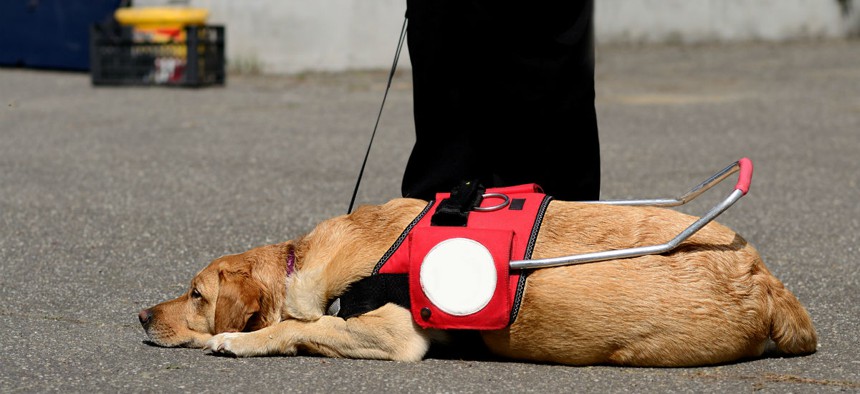No, You Probably Shouldn’t Follow Every Order From Your Boss
Obedience is in the DNA of hierarchical organizations, but sometimes intelligent disobedience is the greatest act of loyalty.
To protect the reputation of your agency and its leaders you need to know when and how to disobey. You read that correctly. There is a high level competency called intelligent disobedience. It is rarely taught in leadership development programs. It should be. Here’s why.
No leader is going to give correct orders all the time. Sooner or later they will issue or approve a poorly thought out initiative. Why? There are many possible reasons. They have been given skewed data, the analysis is faulty, they are under pressure from powerful constituencies, they are tired. It happens. The question is what do the people who receive the order do?
I was teaching a course for the Office of Personnel Management on Leader-Follower dynamics based on my earlier book The Courageous Follower: Standing Up To and For Our Leaders. I asserted that most of the time it makes sense to comply with orders, but sometimes it is wrong or dangerous to do so. A mid-level careerist said she had an example of that under the table. Huh? That got my attention.
There was a dog under the table, she explained, that was being trained to be a guide dog for a blind person. For the first 18 months of its life, the dog lived with her family and learned to obey all the commands it would need to know. After that it would go to a higher level trainer to teach it intelligent disobedience. If the dog received a command that would cause harm to the team (of leader and dog) it must disobey that command. For example, the dog would not proceed into oncoming traffic, travel through areas where storms had toppled power lines, or walk into a construction site. If the dog could not differentiate between commands to obey and commands to disobey, it could not become a guide dog.
I suggest that this is equally a test for fitness to be a senior government manager. It is also much harder to do than it sounds. The pressures of hierarchy, culture, and leadership style can overwhelm a sense for doing the right thing. Yet failing to do the right thing ultimately lets down stakeholders, agencies and senior executives themselves. We watch in pain as agencies are skewered in congressional hearings, in the media and in costly legal proceedings for ill-advised actions individuals took or failed to take. Someone in the chain of command could have prevented that with the early use of intelligent disobedience.
Creating a culture that understands the place of intelligent disobedience in risk management and mitigation takes time. But there are principles to begin the discussion.
- Understand that the social pressures to conform and obey are baked in and powerful.
- Recognize that the number of people who touch any major decision is so large that it is hard to feel personally accountable.
- Despite this, each individual is personally accountable and cannot claim to be just following orders if executing the order would result in harm.
- The formal channels for expressing concern are necessary but often insufficient.
- The group needs to step back and create norms of communication to guard against groupthink and pre-empt inappropriate obedience.
Lessons that we can import from guide dog training include: training together before a danger is encountered; pausing before determining the safety of an order; “counter-pulling” if the leader is about to step directly into the path of danger; generating alternatives to safely achieve goals; appreciating appropriate disobedience. These save lives, careers and agency reputations.
Obedience is in the DNA of hierarchies. The whole point of a hierarchy is to determine who can give orders to whom in service of the mission. This arrangement avoids endless conflict and paralysis and allows us to get things done. Suggesting there are times when obedience is not the correct response to a situation flies in the face of this solid wiring.
Yet, it has been observed that if you want to do in your boss, do everything that he or she orders exactly as you are told. Sooner or later you will get a bad order and executing it will make the boss look very bad. So it is in the interest of leaders to create and support cultures that value both great execution and skillful push back when each is warranted.
We think of dogs as paragons of loyalty. We can think of guide dogs as the best of man’s best friends: they serve, support and protect. Both their obedience and disobedience are acts of loyalty. When needed, intelligent disobedience in public service is also an act of loyalty to the leadership of our agencies and to the citizens we serve.
Ira Chaleff is president of Executive Coaching & Consulting Associates in Washington, D.C. www.intelligentdisobedience.net.



